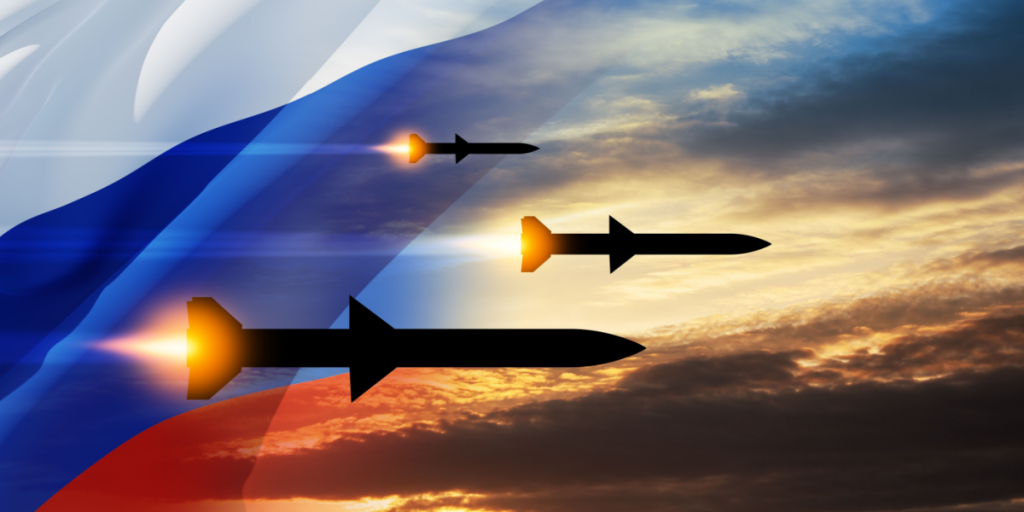It has been used against Ukrainian targest 23 times since August, according to officials.
Others are reading now
Russia has recently used a missile whose secret development once triggered the U.S. withdrawal from a landmark nuclear arms control treaty, sources from Ukraine’s foreign ministry told Reuters.
The revelation links a weapon central to Cold War-era security agreements directly to the war in Ukraine.
Ukraine’s Foreign Minister Andrii Sybiha told Reuters that Moscow has deployed the 9M729 missile — known in NATO terminology as SSC-8 — in multiple attacks, confirming for the first time that the weapon has been used in combat.
A weapon once banned
A senior Ukrainian official said Russia had launched the 9M729 against Ukrainian targets 23 times since August, with two earlier launches recorded in 2022.
The Russian defence ministry has not responded to Reuters’ written questions about the claim.
Also read
The 9M729 was the reason Washington abandoned the Intermediate-Range Nuclear Forces (INF) Treaty in 2019.
The United States said the missile violated the treaty by exceeding the 500-kilometre range limit. Russia denied the accusation at the time.
According to the Center for Strategic and International Studies’ Missile Threat project, the 9M729 can reach up to 2,500 kilometres and carry either nuclear or conventional warheads.
A Ukrainian military source told Reuters one missile fired on October 5 travelled 1,200 kilometres before hitting its target.
European security at risk
Military analysts say the 9M729’s use signals Russia’s intent to expand its long-range strike options while sending a message to Europe as diplomatic efforts continue.
Also read
William Alberque of the Pacific Forum think tank said to Reuters, that Putin appeared to be “ramping up pressure as part of the Ukraine negotiations,” noting the missile was designed for targets in Europe.
The latest launches come alongside a series of Russian tests of nuclear-capable systems, including the Burevestnik cruise missile and the Poseidon underwater torpedo.
The White House has declined to comment directly on the 9M729’s reported use, though U.S. president Donald Trump recently ordered the resumption of U.S. nuclear testing, citing other countries’ activities.
When Washington withdrew from the INF Treaty, Russia declared a moratorium on deploying such weapons — though Western officials argued it had already stationed several 9M729s.
In August, Moscow said it would no longer restrict where it deploys intermediate-range missiles.
Missile debris identified
Also read
Ukraine’s foreign ministry did not provide dates or locations for each strike but said the first confirmed use came on August 21 — days after a Trump-Putin meeting in Alaska.
Reuters verified images of debris from an October 5 attack that killed four people in the western village of Lapaiivka, more than 600 kilometres from Russian territory.
The fragments bore markings identifying them as parts of a 9M729 missile.
Jeffrey Lewis, a weapons expert at Middlebury College, examined the images with analysts and said the components — including a cabling tube and engine panel — matched expectations for the 9M729. “The markings made a match even more likely,” he told Reuters.
Expanding strike options
Russia already fields a range of long-distance missiles, including the sea-launched Kalibr and the air-launched Kh-101.
Also read
But Lewis noted that the 9M729’s mobility gives it strategic flexibility. “This gives them slightly different attack axes, which is difficult for air defences, and it increases the pool of missiles available to the Russians,” he said.
The INF Treaty banned such ground-launched missiles partly because their mobile launchers were easy to conceal.
Douglas Barrie of the International Institute for Strategic Studies said the weapon allows Russia to strike from deeper within its own territory while testing the system under battlefield conditions.
“Twenty-three uses suggest this is not just testing,” Barrie added. “It’s operational.”
Sources: Reuters, CSIS, Pacific Forum, Middlebury Institute, IISS
Also read
This article is made and published by Jens Asbjørn Bogen, who may have used AI in the preparation


